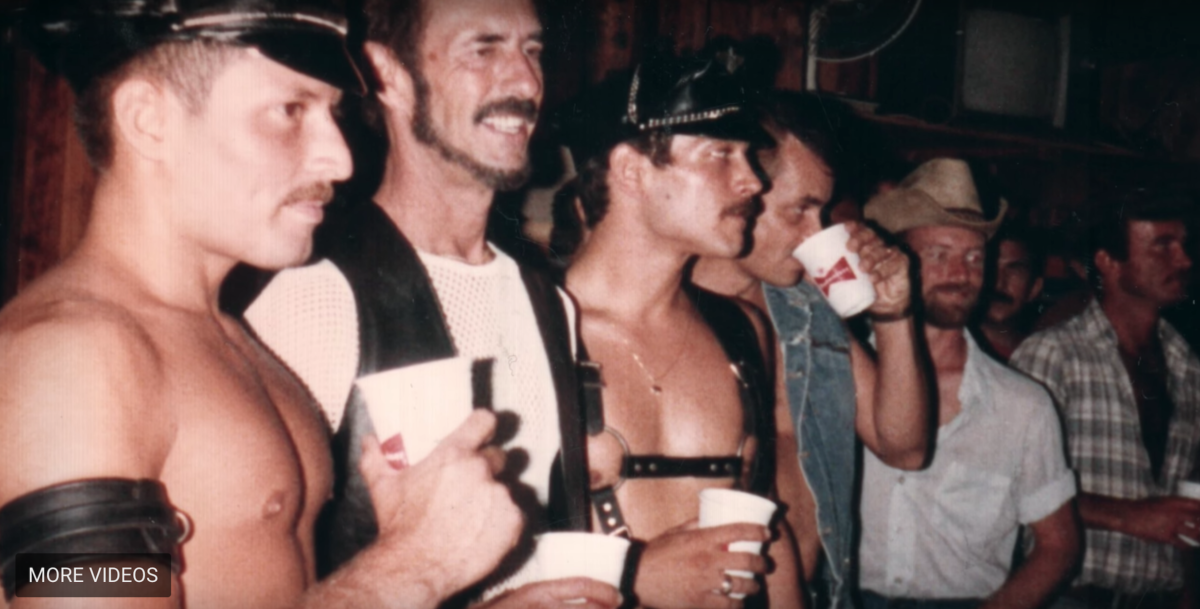
Filmmaker Paul Detwiler’s documentary on the history of gay bars in San Diego is a story that is very similar to that from many other urban areas in the US who have seen the rise and fall of their number of establishments in the past few decades.
He starts his film in the aftermath of WW2 when San Diego was a major naval and military base, and whilst heterosexual serviceman couldn’t wait to rush back home to their families, gay men and women were basking in the freedom they had started to experience away from the constrictions of their traditional family lives, and didn’t want to leave.
Homosexuality may have still been illegal then and being ‘found out’ for being gay could literally ruin your lives, but between 1950’s and the 1960’s there were 25 gay bars in the City. Detwiler mixed some great archival footage with interviews of bar patrons and owners from that time who attested to the fact like even though everyone used a fake ‘bar’ name so they were not exposed, they all had a great deal of fun despite some of the restrictions. For many people, the gay bars then were a springboard into the community that was mainly hidden from sight.
In the 1970’s gay bars proliferated in the City but none of them were owned by gay men or women because as they were legally considered as ‘degenerates’ they were unable to obtain liquor licenses.
In the next decade as the LGBT community was devastated by the onslaught of AIDS pandemic, the Gay Bars were the only places where it was possible to raise much-needed funds for all the victims and their treatments. In a highly emotional section in the documentary, several survivors talk about how the huge loss of life deeply affected the bar community and beyond.
There was no going back into the Closet after that but the role of the bars was evolving and part of the liberation was the eventual arrival of the internet which would affect the LGBT community more than most in how they now intermingle. It is a sad realization to see the scene of the closing night of Numbers one of the City’s gay clubs, packed and mourned by the same people whose failure to support it up till then, had caused its demise after a 20-year run.
What the documentary lacks in production values, it makes up for in its energy as it does a valuable job in recording a part of our community’s history that may very well soon be forgotten.

